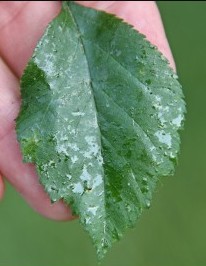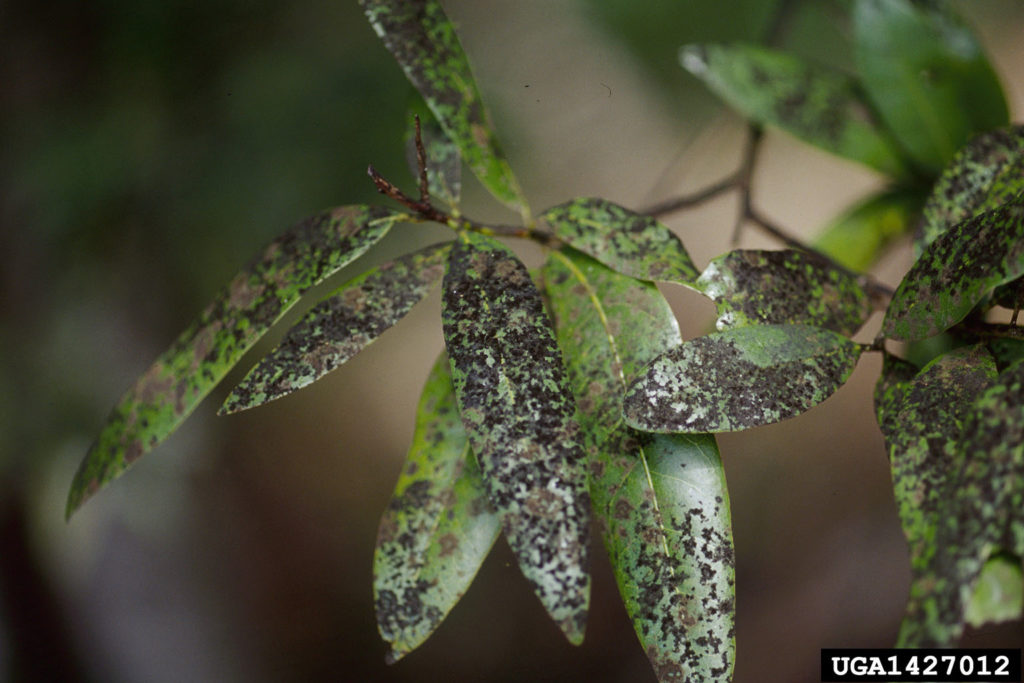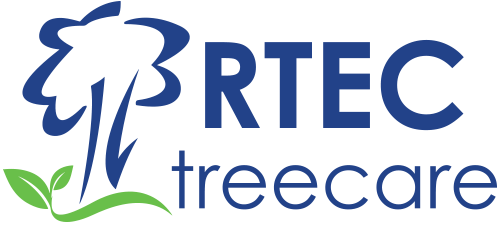
Azalea Bark Scale, Eriococcus azaleas, was discovered in 1881 and is a major yearly pest for Azaleas, Rhododendrons, and Huckleberries. Although the pest usually does not kill the host tree, it causes aesthetic damage, weakens the tree, and leads to the development of honeydew and sooty mold to develop.
Azalea Bark Scale is a type of soft scale that feeds by sucking sap from trees and shrubs through piercing-sucking mouth parts. Unlike armored scale, that have a thin hard coating, soft scale is characterized by a thick waxy coating.
Targets: Azaleas, Rhododendron, Huckleberry, Andromeda, Hawthorn, Popular, & Willow. Scales are more likely to feed on stressed trees. Maintaining the health and vigor of your trees can help protect against scale infestations; but even the best cared for trees can succumb to an infestation of scales.
Symptoms of Azalea Bark Scale Insects:
- Leaf yellowing (typically seen in June or July)
- White waxy egg masses. Mainly in the crotches where branches connect.
- Reddish, tiny crawling insects (around June & July)
- Branch dieback
- Thinning canopy
- Honeydew, a clear sticky substance similar to sap, on limbs or under tree.
- Shiney leaves (honeydew coating leaf surface)
- Sooty mold growing on honeydew (causing stems/leaves to turn black)
Worried About Azalea Bark Scale Insects?
Azalea Bark Scale Symptom – Honeydew:
Honeydew is the excrement of plant-sucking insects such as Azaela bark scale. Many homeowners confuse honeydew with sap. Trees do not drip sap. If you have “sap” dripping from your tree it is honeydew and is a telltale sign of an insect infestation. In fact, honeydew dripping on cars, patios, and walkways is usually the first symptom homeowners notice when faced with a scale infestation.

Azaela Bark Scale Symptom – Sooty Mold:
Sooty mold is a fungus that grows on top of honeydew and coats the leaves of your trees to the point where they can no longer absorb sunlight. This interrupts photosynthesis and the tree will not be able to produce the nutrients they need for survival. If your trees and shrubs are turning black, you most likely have a sooty mold problem caused by an insect infestation.

Azalea Bark Scale Treatment & Prevention:
Although Scale can be damaging, professional Certified Arborists can help stop them in their tracks and prevent them from destroying your trees & shrubs. Depending on the type of year and level of infestation, your Certified Arborist may recommend a variety of treatments including the ones below. Just remember, it’s best to move fast when you see signs of infestation. If you catch the infestation quickly, you can treat the scale while they are in the crawler stage before they form a protective shell over their body.
PREVENTION: Scale, like most insects, is more likely to feed on stressed trees. Maintaining the health and vigor of your trees can help protect against scale infestation. You can maintain the health of your tree through routine pruning, bio-stimulant applications, and seasonal sprays.
Horticultural Oil: Azalea Bark Scale can be prevented from taking hold by applying horticultural oil during the dormant season and early spring. This will control the insect in its early stages (nymphs).
Insecticide: If caught during Spring or early Summer your Certified Arborist may recommend using systemic insecticides to control the problem by targeting/feeding adults and nymphs. If caught later in the summer (once symptoms are more visible), the Certified Arborist may recommend using traditional bark spray insecticides or an Insect Growth Regulator. An insect growth regulator, is just a specific type of insecticide that mimics hormones in young insects preventing reproduction, egg-hatch, and molting from one stage to the next.
If you think you tree is showing signs of Azalea Bark Scale or if your tree had this insect last year, we can help. Give us a call at 703-573-3029 or book online as soon as possible to schedule a consultation with one of our Certified Arborists. The sooner Azalea Bark Scale is caught, the easier it is to treat, so don’t delay!
